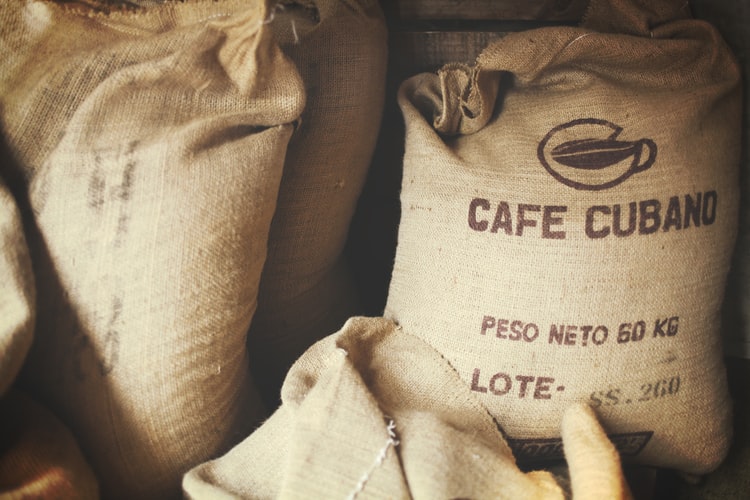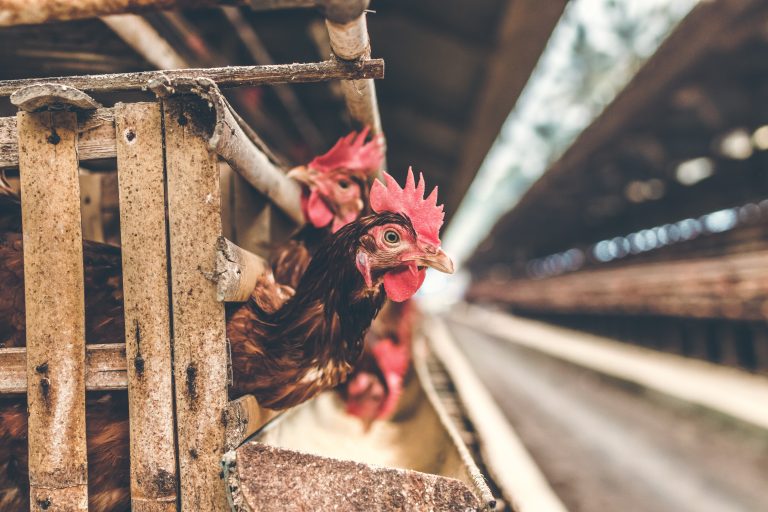Econ Everyday Classic: There’s Pea in My Coffee!

Due to a combination of increased global demand and poor harvests, coffee prices in 2011 rose some 69% to reach its highest price in over three decades. As a result, consumers around the world saw an increase in coffee prices in the grocery store and coffee shops. One country that did not see an increase in price, however, was Cuba. This is because the country fixes the price of coffee at 17 cents per 4oz bag, and rations the amount of coffee each household consumes. Once a major coffee exporter, a decline in production led the Cuban government to turn to global markets to supply its population with coffee. The rising prices resulted in the country importing $50 million worth of coffee.
Such a hefty sum is unsustainable on an ongoing basis for a country where the average income is less than $6000 per year. Despite investing millions of dollars to increase coffee production, the government faced an important choice: raise prices or reduce rations. Although they eliminated rations for Cubans ages 0 to 6, this was not enough to eliminate the shortage. Rather than reduce rations further or raise prices, the government found a creative solution: they found a substitute for coffee. That is, they blended the coffee with roasted peas. The result was a drink that was more bitter and less caffeinated than pure coffee. This was not the first time Cuba mixed coffee with peas. The coffee-pea blend was widely used following a production collapse after the 1959 revolution. Some Cubans even claim to prefer the blended version.
Discussion Questions:
- If coffee and peas are substitutes, what can you expect to happen to the equilibrium price of peas?
- Suppose peas and carrots are complements. Based on your answer to 1), how would you expect the equilibrium price and quantity of carrots to change?
- Cubans tend to drink coffee in small cups and sweeten it heavily with sugar. Assuming the pea-blended coffee is more bitter than pure coffee, what can you expect to happen to the equilibrium price and quantity of sugar?
- To maintain the price ceiling of 17 cents per 4oz bag of coffee, the Cuban government limits the quantity each household can purchase based on household size. What are some other methods of allocating goods and services in the face of a price-ceiling induced shortage?
Sources: The Guardian “Coffee prices expected to rise as a result of poor harvests and growing demand,” by Julia Kollewe; BBC “Cuba blends peas and coffee again in cost-saving move“; Miami New Times “Cuba Running So Low On Coffee Castro Orders Chickpeas Mixed Into Grounds” by Tim Elfrink; The World Bank “GDP per capita (current US$)”; The World “Cubans told high coffee prices mean they must drink a java-pea blend”.












